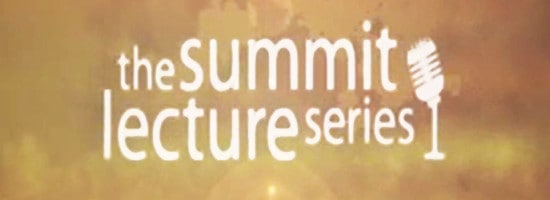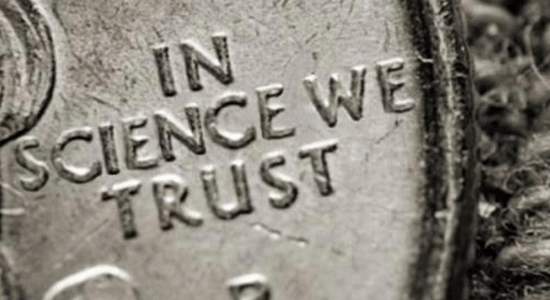
So, over the past few weeks, we have examined Nihilism, Existentialism, Atheism, Scientism, Hedonism, Neo-Darwinism, Naturalism, Socialism, among other ideas that are competing for our attention each and every day. And, when we put together these various ideas, we derive (whether we mean to or not) certain worldviews.
One such worldview is Secular Humanism.
The publications that basically frame out Secular Humanism are known as the Humanist Manifesto (I, II, and III), the first of which was originally written in 1933, then the others were penned in 1973 and 2000. Within their pages, the guiding idea is blatantly Scientism. In other words, according to Secular Humanists, science can bring about a better world.
By the way, Secular Humanism, Marxism, and most Naturalistic worldviews are Utopian at their core, meaning that their core goal is to produce a perfect society. The 20th century was the era of Utopian visions – visions that claim to have the solution to fixing the world.
The basic idea of Secular Humanism is: “…if we can get God out of the way, along with traditional morality, strictly separate Church and State, and allow the scientists to move culture forward, then we can achieve a perfect society”.

Now, if we look at the context within which each Humanist Manifesto was written, we notice some interesting revelations. In 1933, for example, World War I – “the War to End All Wars” – had just devastated the globe. In its attempt to create a new world, the first Manifesto reads very optimistically. It claimed that through science and reason, the world can be made new again with refreshing results for all mankind.
Between 1933 and 1973, the world witnessed (among other terrible events) World War II, which revealed the horrors of the Holocaust.
Now, some of the most “enlightened” and “scientifically advanced” and “cultured” people on the planet at that time were the Germans. Yet, as a State, they were responsible for the murder of tens of millions.
Then there was the pinnacle of scientific achievement – harnessing the power of the atom. This gave us new and powerful forms of energy, but it also gave mankind the Cold War.
Understandably, the mood of the second Humanist Manifesto is much more humble than its predecessor. There seems to be an understanding that mankind had underestimated the evil intentions that humans are capable of.
The third Humanist Manifesto was written in 2000. This was after the end of the Cold War, yet before the events of 9/11. Other than a bogus Y2K scare, there was pretty much a calm peace over the world. As a result, optimism returned to the pages of the updated Humanist Manifesto.
So what does this mean?
The key question to ask of any worldview is: Which world do we actually live in? Secular Humanism either thinks that we live in a world that we don’t actually live in… or they simply have really, REALLY bad timing in releasing their books. Every time they put out a new manifesto, disasters happen that conflict with their foundational themes.